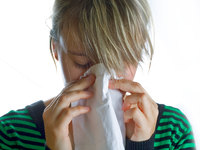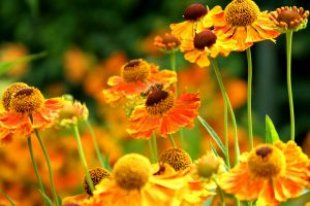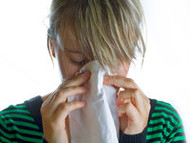Simple Solutions To Combat Springtime Allergies
Posted by Doug Gardner on 22nd Jul 2014

The spring season is a time of year when the temperatures begin to warm and plants bloom. The landscape changes from the barren neutral color of winter to a more vibrant array of colors consisting of beautiful flowers and plant life. However, spring is also a time of year when millions of people suffer from pollen-related allergies. If you’re one of the many people who frequently experiences springtime allergies, check out some of the simple solutions listed below.
Watch The Ragweed!

It’s estimated that nearly half of all pollen-related allergies in North American are caused from ragweed. Whether you live on the east coast, west coast or anywhere in between, chances are there’s ragweed growing nearby. It’s an all-too-common type of plant with about 50 different species.
To make matters worse, a single ragweed plant can produce around a billion grains of pollen per season. If you have multiple plants growing around your home, you’ll essentially have a hotspot of ragweed pollen that encourages allergies. Go around the exterior of your home and pull up any ragweed plants you find, dandelions and daises.
Can Indoor Water Fountains Help?
You might be surprised to learn that indoor water fountain can offer some relief to individuals who suffer from pollen-related allergies. When pollen enters your home, the fountain will catch it rather than allowing it to flow throughout the air. Indoor water fountains aren’t going to catch 100% of the pollen that enters your home, but it will offer some benefit.
When pollen enters the home, some of it will float into the water fountain where it’s trapped. Of course, indoor water fountains are also useful for removing bacteria, mold and other pollutants from the air. Just remember to change the water in your fountain so the pollen and pollutants are flushed and removed from your home.
Limit Your Time Outdoors
If springtime allergies are making your life miserable, try to limit your time spent outdoors. The longer you stay outside, the greater the chance of having an allergic reaction to the pollen. You can wear a basic dust mask to help cope with allergies if you intend to stay outside for long periods of time.
Also, the best time for allergy-sufferers to go outside is immediately after a rain. The springtime rain will help wash away the pollen, offering temporary relief for individuals suffering from allergies.

